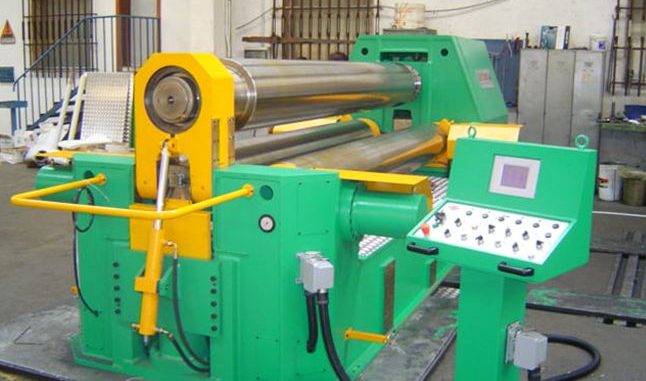
In the dynamic metallurgical industry, optimizing operations while managing costs is crucial. For many businesses, considering used equipment from reputable manufacturers like Seravesi 1960 offers a compelling opportunity. This article explores the advantages and potential drawbacks of investing in used machinery, providing insights for businesses aiming to enhance their operations.
Pros of Used Equipment
Cost Efficiency
Used equipment offers significant cost savings, appealing to businesses looking to maximize their investment. Seravesi 1960’s legacy of producing durable machinery ensures that even pre-owned equipment delivers reliable performance at a fraction of the cost of new alternatives.
Immediate Availability
In the fast-paced metallurgical industry, time is often of the essence. Used machinery provides immediate availability, bypassing the lead times associated with manufacturing and delivering new equipment. This agility is invaluable for businesses with urgent production needs or time-sensitive projects.
Proven Reliability
Seravesi 1960’s reputation for crafting high-quality, long-lasting machinery instills confidence in the reliability of its pre-owned products. Buyers can trust the durability and performance of used equipment, knowing it has already withstood the test of time and rigorous operational demands.
Access to Legacy Expertise
Investing in used machinery can unlock access to legacy models or discontinued equipment that may no longer be available as new. Seravesi 1960’s extensive catalog encompasses decades of expertise and innovation, providing businesses with access to tried-and-tested technology that meets their specific requirements.
Cons of Used Equipment
Limited Warranty Coverage
Unlike new equipment, used machinery may come with limited warranty coverage and support. While Seravesi 1960 may offer some assistance for pre-owned products, buyers should be aware of potential gaps in warranty protection and factor this into their decision-making process.
Wear and Tear Considerations
The wear and tear accumulated by used machinery over its operational lifespan can impact its performance and longevity. Buyers should conduct thorough inspections to assess the condition of pre-owned equipment, considering factors such as maintenance history and overall wear to make informed purchasing decisions.
Integration Challenges
Integrating used equipment into existing production environments may present compatibility challenges. Newer technologies or software updates may not be compatible with older machinery, potentially leading to inefficiencies or operational disruptions. Businesses should evaluate the compatibility of used products with their current systems and processes to mitigate integration risks effectively.
Risk of Obsolescence
The rapid pace of technological advancement in the metallurgical industry introduces the risk of investing in equipment that may become obsolete in the future. While Seravesi 1960’s machinery is renowned for its durability, businesses should assess the long-term viability of used products and consider their potential for future relevance in their operations.
In the quest for operational excellence and cost efficiency, investing in used equipment from Seravesi 1960 requires careful consideration of its pros and cons. While cost savings, immediate availability, and proven reliability are compelling advantages, businesses must also navigate challenges such as limited warranty coverage, wear and tear considerations, integration challenges, and the risk of obsolescence.
By conducting thorough due diligence and weighing the benefits against the potential drawbacks, businesses can make informed decisions that align with their operational objectives and budgetary constraints. With Seravesi 1960’s legacy of excellence as a guiding beacon, investing in used machinery can unlock value and propel businesses towards greater success in the dynamic metallurgical industry.